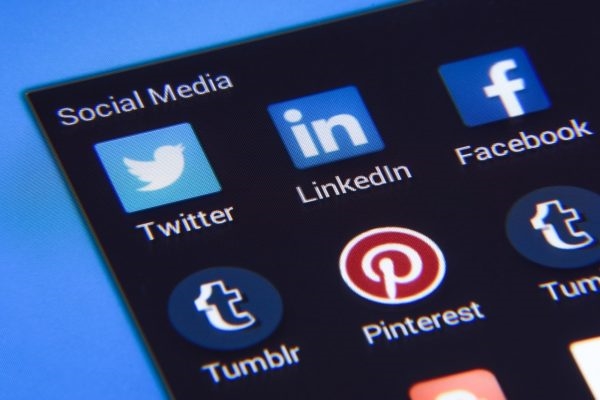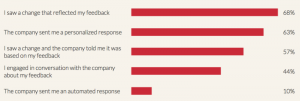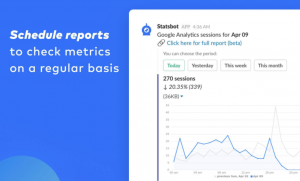— January 11, 2018

Photo-Mix / Pixabay
Over the past few years, customers have slowly been shifting to social media as their primary means of directly connecting with brands. From customer support to questions about products, direct messaging has become a go-to for consumers to bring forward their inquiries, spawning an entirely new level of engagement. If you’re looking to capitalize on this recent trend, there are a few things you should know about how to make the most out of these interactions.
1. Create a Community People Want to Engage With
No matter the medium, if you’re going to increase customer engagement, you first have to create a community in which people want to participate. Although that might sound like stating the obvious, you’d be surprised by the number of companies that make the assumption customers will naturally want to engage with them. Even with the most incredible product or service, you’re still asking visitors to take time out of their day to communicate with you, which is a tall order in our fast-paced, overscheduled world.
Brainstorm some online community building methods you could implement, including the launch of a new social campaign/hashtag, Q&A sessions with your founder or other leadership, or even establishing a discord/telegram channel. The goal is to get a conversation started.
2. Know the Audience on Your Platform
When it comes to direct messaging, one important element to focus on is the audience you’re trying to engage and how people prefer to communicate on any given platform. For instance, while your strategy to get more Instagram followers or Facebook fans might be somewhat similar, there are some nuances you need to pay attention to that differentiate them. Some of these things are intuitive — like you can’t post on Insta without a good photo or graphic — but other ways you can tailor your content to each platform’s audience are less obvious.
Instagram, for example, attracts 59 percent of all internet users between 18-29, according to Omnicore. That means right off the bat, your business knows that it’s dealing with a younger audience on that platform and the frequency of direct messages received will likely be higher. Another thing to be mindful of is each platform’s character count per message. On Twitter, for instance, you’re expected to be concise; make sure your message hits the basic points your customer needs to know and ends with a call to action to increase engagement.
For example, if someone was inquiring about a pair of shoes I posted about, asking them if they’d like to see additional, similar items could be advantageous, both in measuring the strength of your initial message as well as in learning more about your customer base.
3. Stay Consistent With Messaging
When having multiple team members contributing in your social media development, keeping a consistent message and voice can be tough. Not only do you have to have a persona that works for your posts and comment responses, but you also need it to work for your direct messaging feature. The key is keeping posts relevant to your brand and your industry, since approximately 41 percent of people will unfollow a brand that doesn’t share relevant information, as noted by Sprout Social. Although that may be hard to believe, people really don’t have time to waste on pointless content cluttering their newsfeeds.
Create a rubric for your brand’s voice, including popular responses to common direct messages. It might be helpful to dig through and find some “wins” you can share as examples, noting what made the interaction successful. Additionally, don’t forget to include a list of “don’ts” for your brand, highlighting problem areas you’ve encountered in the past.
4. Be Available as Much as Possible
As useful as direct messaging can be for sales, it’s also a primary customer support channel. More and more people are turning to social media for their complaints and inquiries, which means you need to be available to answer their call as much as possible. As HelpScout notes, 75 percent of customers believe it takes too long to reach a live agent, so there is plenty of space to impress your clientele. Remember, people are more willing to voice their negative opinions of a brand, so you want to find ways to turn those interactions into positive moments of engagement to create brand enthusiasts.
Create an on-call sheet, designating the time each person on your social team is assigned to respond to calls. If you feel as though being available 24/7 is too much, make a note on your page about what hours your customers can expect representatives to be available, and explore your options for automated responses outside your normal hours. The overarching goal is to get back to folks as quickly as you can, driving both online interaction and customer satisfaction.
What are some customer engagement strategies you’ve found successful with direct messaging?
Digital & Social Articles on Business 2 Community
(18)
Report Post







